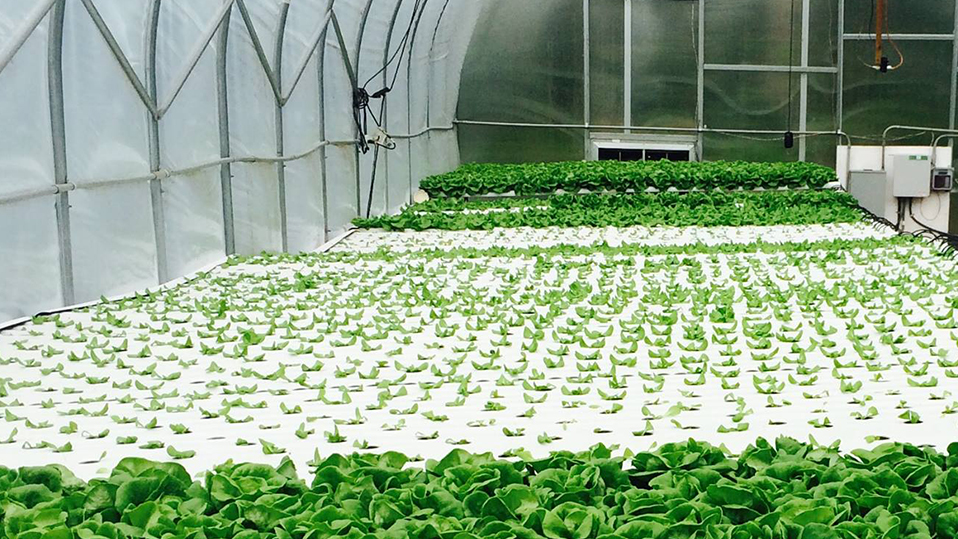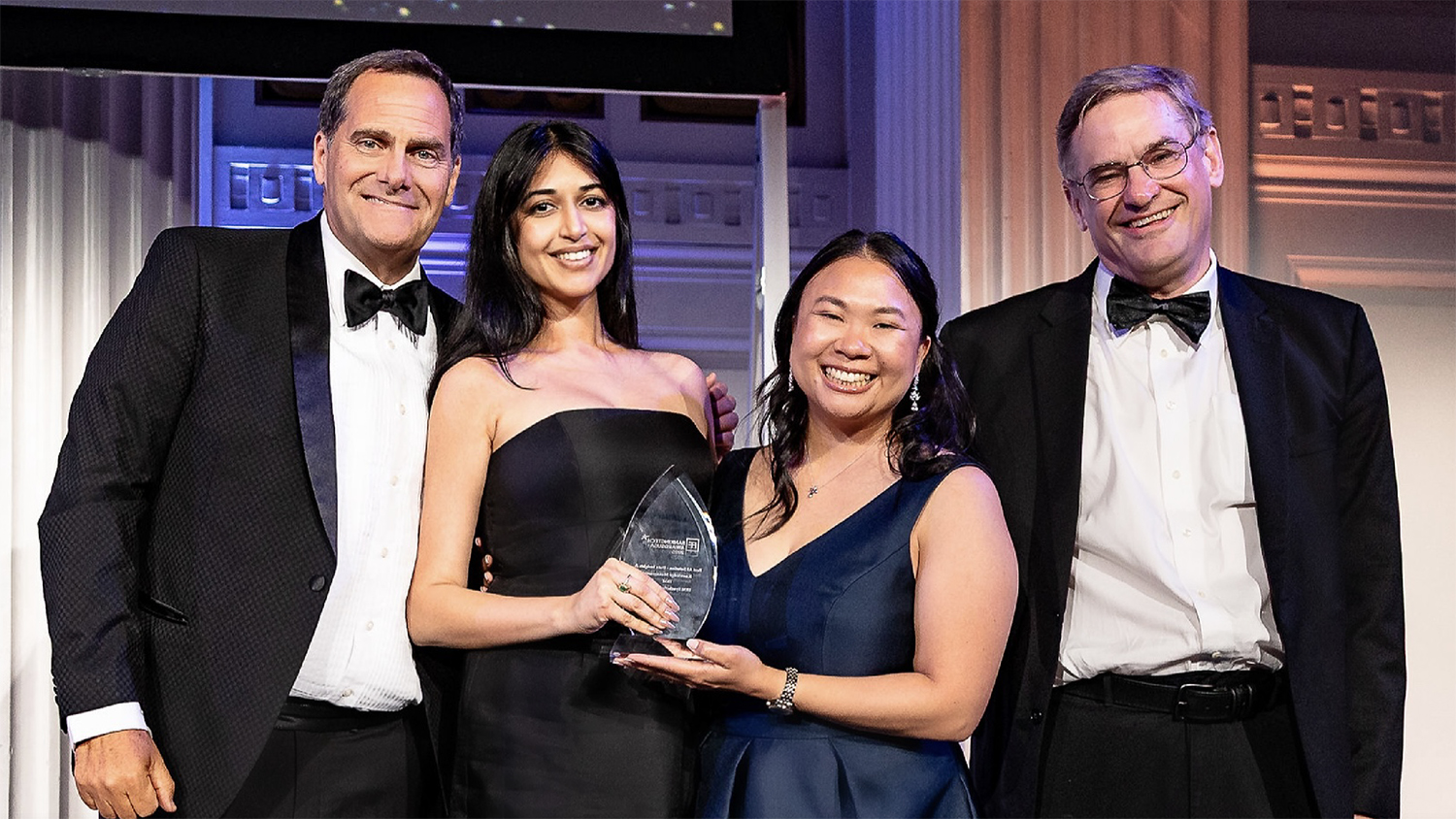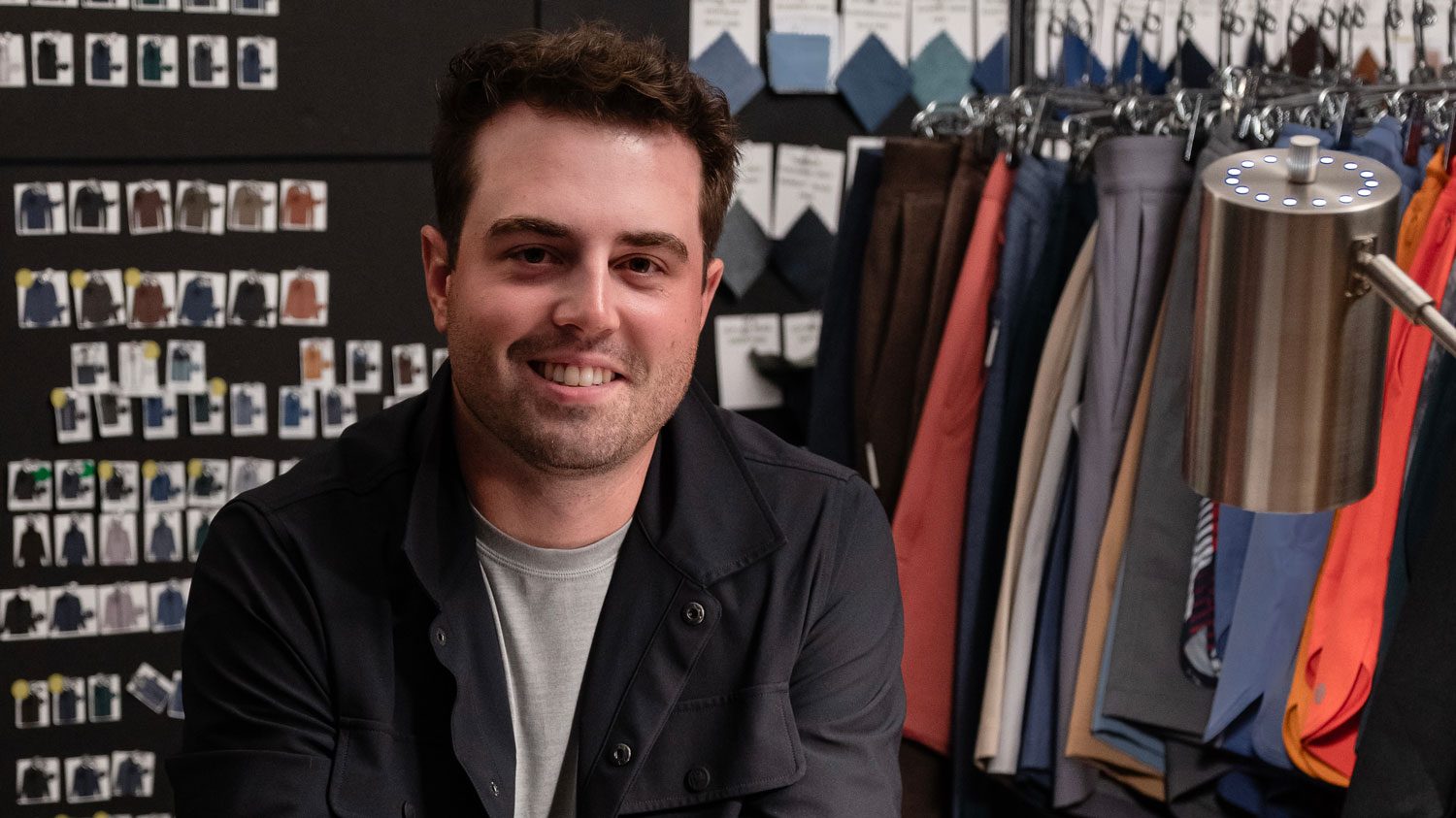What if 40% of the Triangle’s food came from regional NC sources by the year 2040?
That's the question that Erin White, Master of Architecture Alum, is trying to answer.

This story has been reposted from NC State’s Institute for Emerging Issues and was originally written by Chris Kampe.
Project 40 (Reconnect Rural and Urban)
How might a city and its region plan around sustainable food systems to address the critical issues of climate change, racial equity, and shared urban-rural prosperity? Project 40 answers that with an ambitious concept for regional food resilience that is still searching for a path to concrete realization. Spearheaded by Community Food Lab, the goal of Project 40 can be summarized by a single question: “What if 40% of the Triangle’s food came from regional NC sources by the year 2040?” This single target, which could redirect billions of dollars in annual food spending, begs two follow-up questions: is it within the state’s capacities to affect this goal? And, if so, what changes would need to be enacted in order to bring this goal to fruition? The first question proved easy enough to answer, but addressing the second question is a far trickier task—it is the work of Project 40.
Community Food Lab was founded by Erin White shortly after he completed his master’s in architecture at NC State University. Unlike many architects, Erin studied food systems, which encompassed everything from growing and harvesting to transportation and storage, all the way to distribution and disposal. In 2017, Erin had the opportunity to speak at the Thrive NC Summit about food systems in rural and urban settings, and how principles of design could be leveraged to develop more resilient and equitable food systems. In many ways, the discussions that followed his presentation kickstarted the idea of Project 40.
Erin gathered an informal steering team and a group of interns from NC State to analyze the agricultural geography of North Carolina, regional cultivation practices, and current and predicted food consumption habits, together with a number of other variables and considerations. They determined that, at present, “roughly 5% or less of the food that we consume [in the Triangle] actually comes from regional or in-state sources”—which is surprising because NC is the “tenth* leading agricultural state in the country.” Taking into account five different models for production, regional climates, yield variation, and historical consumption habits, the team calculated that the region would “only need 250,000 acres of mixed production to provide 40% of the food” for its population—“so the land is definitely there.”
Respecting some degree of variation among regions, this indicates that the region’s population “spends between $9-15 billion each year on food” while overwhelmingly consuming foodstuffs produced out of state. As Erin describes it, “That’s a big missed opportunity: billions of dollars of leaked economic activity [that could be rerouted] to businesses and farmers in the region, [which would] allow smaller, rural communities greater access into the massive food spending that happens in our cities.” Here, we see not only economic benefit, but a mechanism for societal change through renewed rural and urban connections and environmentally sustainable patterns of consumption. With these potential benefits cataloged, Project 40 moved towards the operative question: how do we do it?
In the summer of 2018, Project 40 emerged as a collective of like-minded stakeholders (e.g., local/regional governments, food industry reps, farmers, WCCE) and nonprofits (e.g., GRRO, Working Landscapes). Together, they identified possible partnerships, avenues for development, and holistic steps that could be taken to develop a more densely connected and resilient food system in NC. They assert that in order to reach the 40% by 2040 goal, the state would need an incremental, whole-system strategy to support different scales of agriculture (e.g., industrial to mid/small scale farms, community/backyard gardens) while developing sustainable practices for waste management (e.g., composting, processing) and facilitating both distribution and storage logistics. All the while recognizing that different parts of the region will operate under different constraints, for which unique action plans must be designed.
After a year and a half, the collective made inroads with Kerr-Tar, Triangle, and Upper Coastal Plains Councils of Governments—and then COVID happened. For local governments, the prospects of a more closed-loop, resilient food system took a backseat to the prevailing medical crisis and economic fallout that ensued. Community Food Lab’s activities were scaled down and its members were forced to take up additional obligations. And so the work of Project 40 stalled. In the space of this hiatus, Erin has had the opportunity to reflect on the goals of the project and its future. He still has faith in the idea and strategies to implement it, but he has better come to understand what his role in its future should be.
Community Food Lab applies design-based, ecologically minded reasoning to the development of sustainable, profitable food systems. As an organization, they are not built to administer the sort of large-scale coordination that the goal of Project 40 would require. Rather, their strengths rest in their analytic and creative capacities to design food systems that are well suited to a given region’s environment and economy. Project 40 can be thought of as an idea that exceeds its creator’s grasp. But this does not mean that the idea is dead. Erin is hopeful that “what we learn from COVID will lead to structural changes… where regional, economic relationships [become] the new default” and he is actively seeking out collaborators who can help amplify, and realize the ideals of Project 40.
Written by Chris Kampe.
- Categories:


